Cryptosporidium in Birds
What is Cryptosporidium?
Cryptosporidium is believed to be a secondary, instead of primary pathogen, as it can lead to serious infections in immunocompromised birds, and has frequently appeared together with other diseases.
The primary route of transmission includes sporulated oocysts, rather than eggs, that are shed by the contaminated bird into the environment with its feces. These sporulated oocysts are established eggs that are infective. Once these sporulated oocysts are eaten or inhaled by a healthy bird, sporozoites are released from the oocysts to connect to gastrointestinal or respiratory tissues, where they increase and recreate. Oocysts establish, which then sporulate inside the host bird. A few of these sporulated oocysts contaminate surrounding tissues in the host, while others are shed in the feces.
Protozoan parasites in the Cryptosporidiidae household trigger this potentially persistent or life-threatening disease in lots of species of animals, including birds.
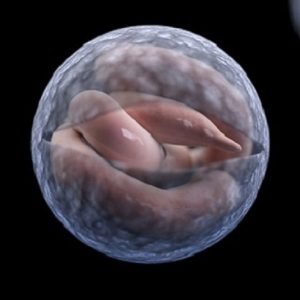
These parasites can attack wild birds, gamebirds, poultry, and animal birds, such as parrots, cockatiels, finches, parakeets, budgerigars, and cockatoos. Signs of an infection show the invaded systems, and can consist of respiratory and digestive complaints.
Signs of Cryptosporidium in Birds
While some infected birds will be asymptomatic, others can reveal indications that associate with the digestive or breathing systems, depending on where the parasites pick to live. These indications can last several weeks, and can include:
- Diarrhea
- Dehydration
- Weight loss
- Ruffled feathers
- Coughing
- Gasping
- Sneezing
- Breathing troubles
- Clicking, rattling, or bubbling lung sounds
- Open-mouthed breathing
- Discharge from the eyes or nostrils
- Inflamed sinuses
- Airsacculitis, or swelling of the air sacs
- Conjunctivitis
- Rhinitis
- Sinusitis
- Depression
- Tail bobbing
- Low workout tolerance
- Death
Types
There are 2 recognized clinical kinds of cryptosporidium.
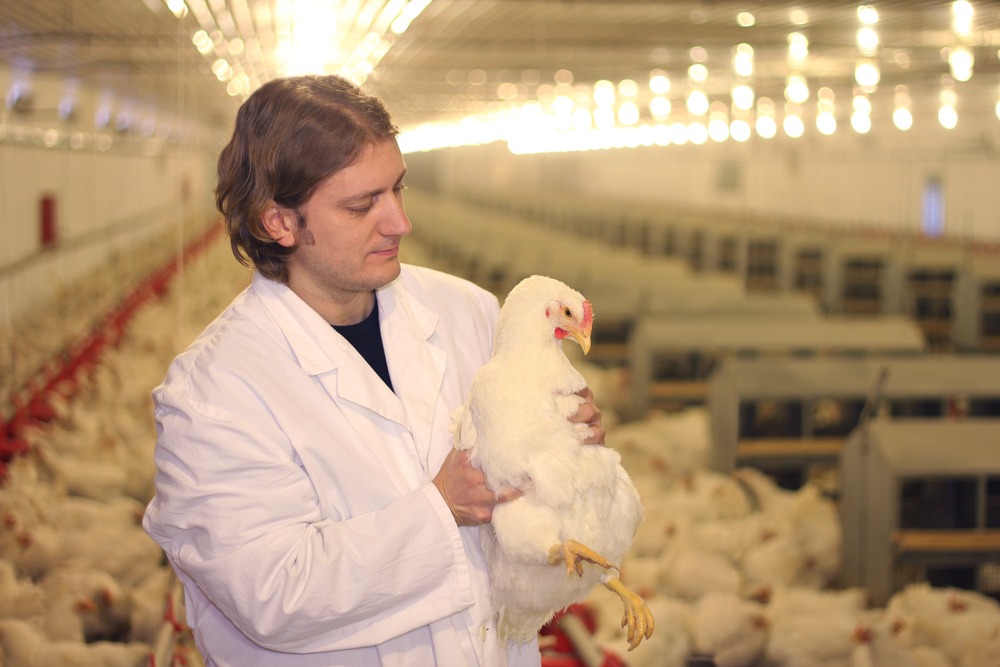
Respiratory Cryptosporidiosis
Cryptosporidium reside in the breathing system, consisting of the nasopharynx, throat, sinuses, trachea, air sacs, and conjunctiva. This results in symptoms associating with breathing, the sinuses, and the eyes.
Digestive Cryptosporidiosis
Cryptosporidium live in the digestive tract, including the salivary glands, little intestinal tract, cecum, colon, and bursa. This leads to signs including digestion breakdown, and subsequent malnourishment.
Top
Causes of Cryptosporidium in Birds
The reason for this infection is the intrusion of the cryptosporidium parasite into a healthy bird. Transmission is exclusively through intake or inhalation of sporulated oocysts and not transferred by the eggs. Transmission can occur through:
- Infected feces
- Contaminated water or feed
- Direct exposure to infected soils, litters, or dust
- Exposure to infected human handlers, clothes, and equipment
Infected birds that reveal no symptoms can still shed sporulated oocysts into the environment.
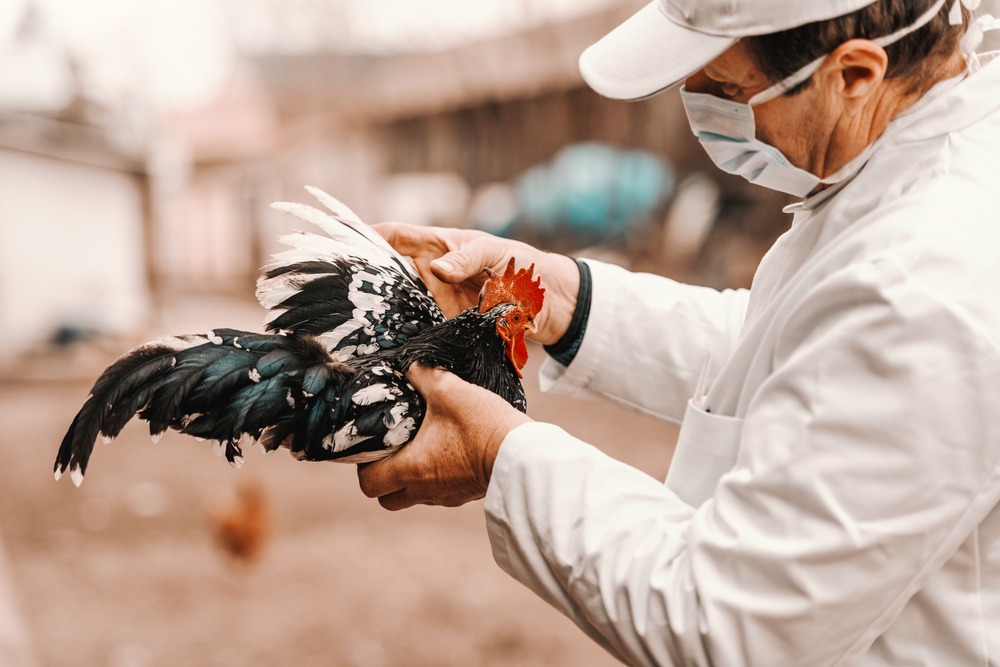
Top
Diagnosis of Cryptosporidium in Birds
Medical diagnosis of a cryptosporidium infection can be hard, as the oocysts are really little and tough to see. A history of symptoms in your bird, and any others in the population, can help your vet to narrow down a cause. Fecal samples provide the best beginning point, and can reveal these sporulated oocysts. Tissue scrapings from the trachea, sinuses, intestines, or other various digestion organs can be microscopically analyzed for indications of the parasite. Other tests can include a PCR, Sheather's sugar flotation test, and using immunofluorescent stains. If no parasites were discovered in fecal samples, it may suggest that the infection is confined to the breathing system.
Top
Treatment of Cryptosporidium in Birds
There are no recognized anticoccidial or antimicrobial drugs that have actually revealed success in removing the cryptosporidium parasite.
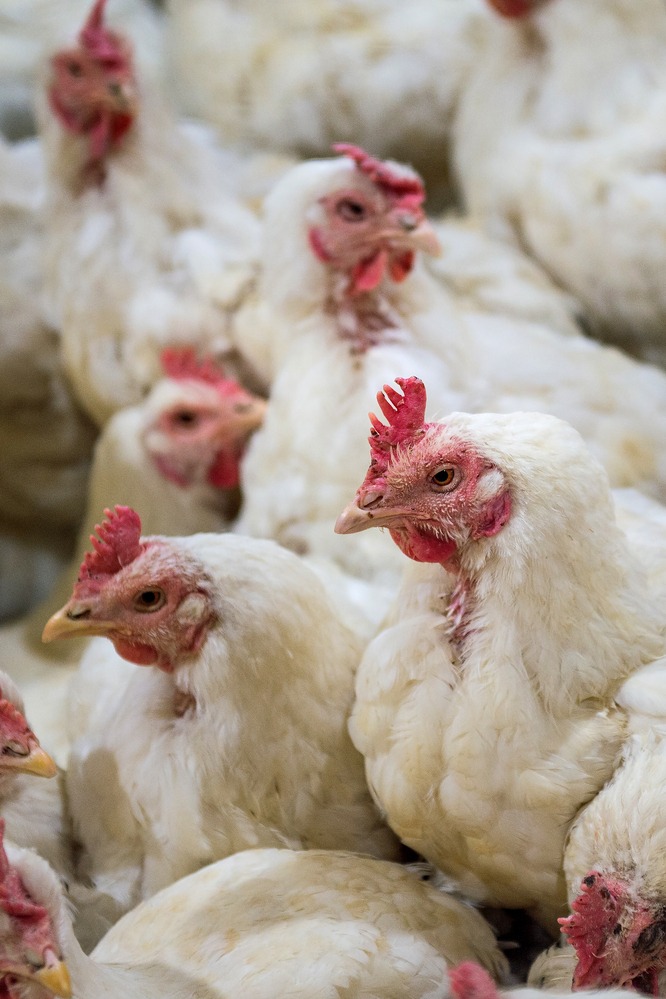
Nevertheless, a cryptosporidial infection can deal with by itself with no treatment.
If treatment is given, it will try to deal with any concurrent issues that might cause immunosuppression in your bird, as well as to minimize parasite numbers and prevent reinfection or further spread of the parasite.
Treatment can include administration of various antibiotics, which could include paromomycin or azithromycin, for several weeks. Helpful treatment might help to decrease fatalities, although many birds die or are euthanized after treatment.
It is very important to clean your bird's environment to avoid a reinfection in your recuperating bird, and to avoid the spread of this parasite to healthy birds. Cryptosporidium are really resistant to chemical disinfectants, but steam cleansing has been revealed to decrease infection, as sporulated oocysts end up being non-active when exposed to temperatures over 65 ° C. Practicing excellent hygiene and sanitation routinely, and incinerating all contaminated birds, should reduce the capacity for transmission.

Click Here To Learn More About Testing for Cryptosporidium
 Add Row
Add Row  Add
Add 

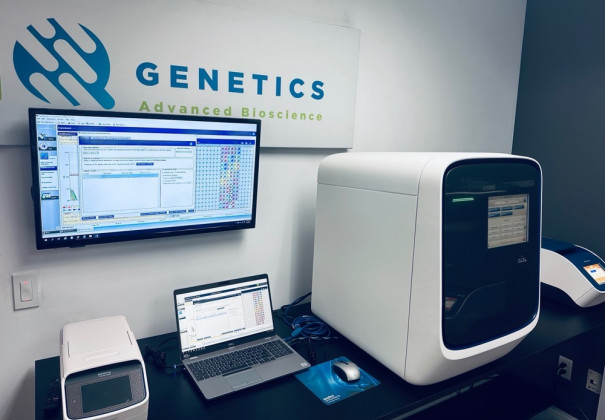
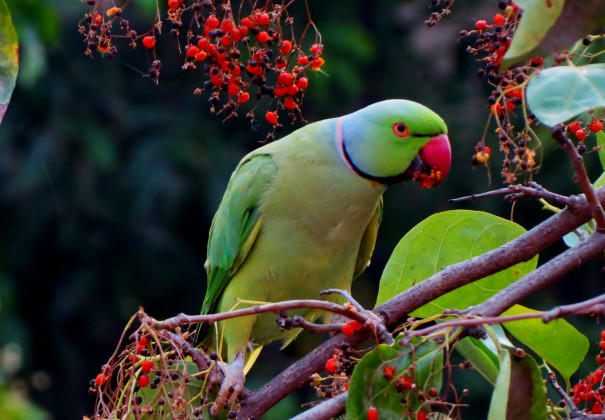
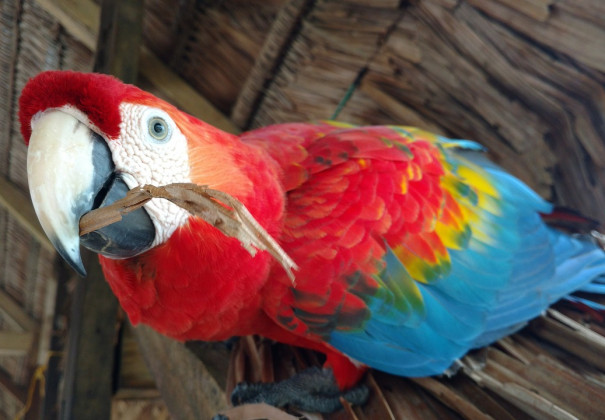
Write A Comment